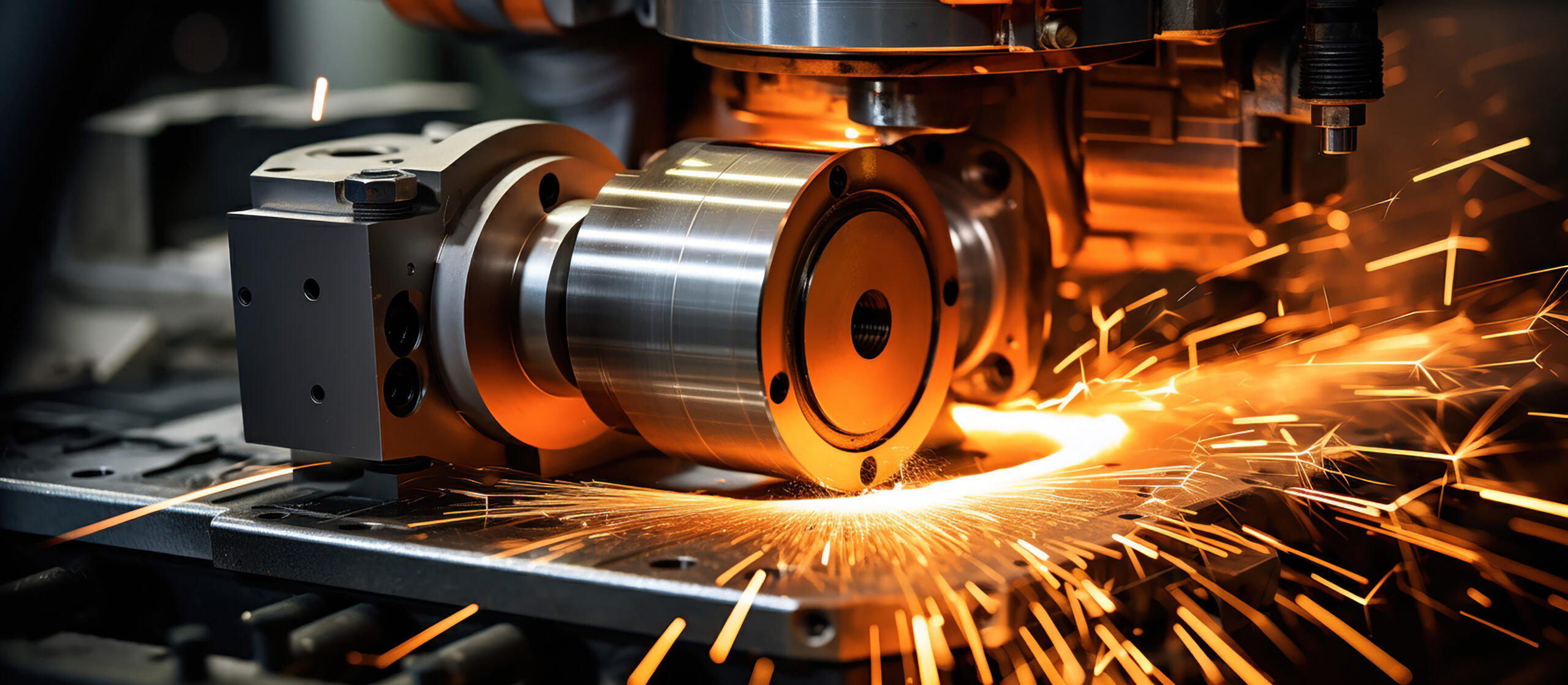
Steel manufacturing is a lengthy process in which metal passes through multiple stages to convert into the metal it becomes—strong, hard, and beautiful.
Have you ever wondered how steel is manufactured? The journey starts with the extraction of iron ore, but several other steps are involved.
This blog is all about steel manufacturing and the five important steps that transform crude iron into something as extraordinary as steel
Read on for details.
Ironmaking
Iron is the essential component in steel extracted from deep within the earth.
The process starts with the extraction of iron ore. It is removed from the mines, where it is obtained in its rawest form, with tons of impurities.
Iron ore is mixed with coke and limestone. Limestone removes impurities, while coke is used as fuel and reducing agent.
This mixture is then put into a blast furnace. As the name suggests, the furnace is heated to a higher temperature, into which this mixture of iron, limestone, and coke is poured. As the coke burns, it produces carbon monoxide, which mixes with iron ore and creates molten iron. The role of limestone here is to collect all the impurities with the slag, which froths in the furnace and is easily removed. It leaves molten iron.
This molten metal is then used to make iron ingots.
Steel Making
The second step of the iron ore-to-steel process is steel making, which leads to the massive transformation of iron into steel.
Molten iron or iron ingots are put into the Basic Oxygen Furnace, and pure oxygen is blasted into it. This process removes the remaining impurities from the iron in the form of slag.
Remember that slag is not a waste by-product. It is a useful ingredient used in construction and cement production.
Once the slag is removed, other metals, such as manganese, nickel, chromium, etc., are added.
Steel is an alloy, and these metals give it strength, shine, and corrosion resistance, which are not properties of iron.
The Electric Arc Furnace (EAF) is another useful component used to melt scrap steel. When steel is recycled and transformed into different grades, the EAF is used. Scrap steel components are put in, and an electric arc between carbon electrodes melts them. The other metals are added, and small batches of specialty steel are created.
Secondary Refining is where steel gets its right chemical composition. Processes like ladle metallurgy, vacuum degassing, and argon oxygen decarburization improve impurities and create specific grades of steel.
Steel Casting
Steel casting refers to the process of giving steel its final shape. There are two types of steel casting: ingot casting and continuous casting.
Ingot casting is the traditional form of casting in which molten steel is poured into molds to create specific shapes. It is not quite popular today but is still used for certain applications.
Continuous casting is the process of pouring molten steel into water-cooled molds in which the steel take shape as it rolls through the mold. The steel can be cast into thin sheets, slabs or other shapes.
The casting results in the formation of thin, hard shells, which are removed using guided rolls. These shells are malleable and are used to create other steel products.
Hot Rolling
Steel is ready but it is not in the desired shape, thickness, and size.
The next step is hot rolling, which refines the steel’s shape. The steel sheets, billets, and blooms are reheated, making them malleable and suitable for shaping.
This heat treatment uses rolling mills. The heated steel passes through them, is reduced in thickness, and is shaped into forms such as steel sheets, bars, plates, etc.
Steel is cooled to ensure that it stays in shape. Water sprays, air cooling, and other techniques are used in a controlled manner to ensure that the metal doesn’t warp.
Finishing Touches
The last step of steel manufacturing is the final touches that give steel its aesthetic look.
For certain applications, cold rolling is used, where the heat-treated steel is rolled at room temperature to improve its grain structure, surface finish, dimensional accuracy, and mechanical properties.
Then, there is a surface finish, where the steel is galvanized, polished, and painted to give it the desired look.
In the last stages, the steel is cut into shapes or sent for further manufacturing, such as pipes, tubes, bars, etc.
These are the five crucial steps of steel manufacturing. One process is standard throughout all the steps and that’s quality testing. Continuous inspection and quality testing are required to ensure that the finished product meets industry standards.
Final Words
We hope all your questions concerning steel manufacturing have been answered by now in this blog.
At AZ Metals LLC, we strive to source only the best quality steel. We pride ourselves on being the best in Mesa, AZ, and we offer multiple steel grades and line items.
For quality steel, contact us today!
